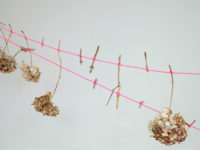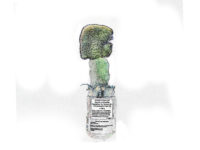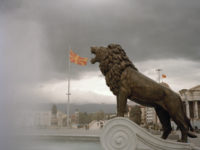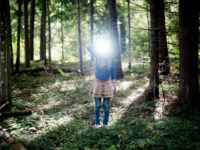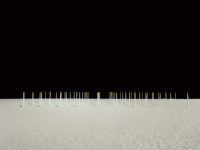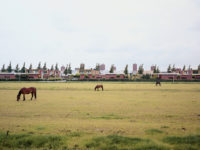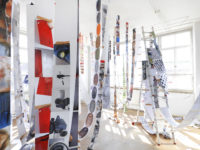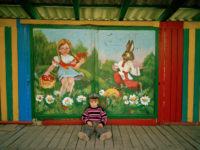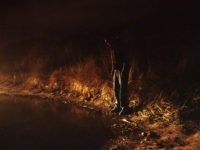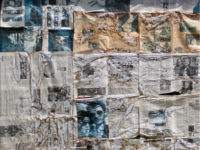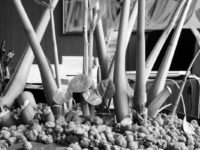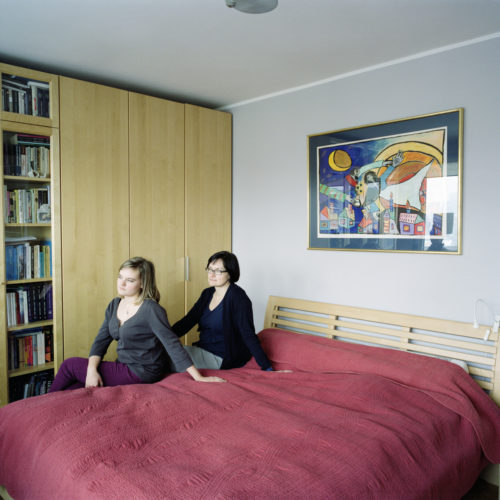Biography
Gregory Michenaud (b.1975) is a French photographer based in Cracow, Poland specializing in documentary and story-telling. His work is mainly related to the past and the marginal.
He is a member of the Association of Polish Art Photographers and the photo collective Babel Images.
His work has been published in numerous magazines and has been exhibited in few countries in Europe.
Portfolio
Minorities.pl / Everyday Life
After regaining independence on the 11th of November in 1918, Poland was considered as a
multi-ethnic country, having huge communities of Ukrainians, Jews, Belarusians and Germans – among others.
The population of Poland became mono-ethnic both due to the Second World War, in which the
country lost over 17% of its people (including 90% of Polish Jews) and the border shift prompted by the
decisions made in Yalta and Potsdam in 1945.
The communist regime also significantly contributed
to the strengthening of this trend through the implementation of the policies of resettlement, migration,
and involuntary assimilation.
In a country that has now no more than 1% of national
and ethnic minorities; the project is focusing on all of them, showing the existing realities of their
everyday lives and on how they cultivate their own identity while trying to maintain their status as full
citizens of Poland.
This on-going project is supposed to raise Polish people’s
awareness of the existence of cultural diversity and wealth in their country. Such a discovery or a reminder
of the presence of other cultures can be very helpful in maintaining a multicultural society while at the
same time ensuring greater tolerance to otherness.
Additionally, the project also has the
potential to transform the image of Poland in the world. At present, Poland is seen as a mono-ethnic
society, which conceals its historical and contemporary links to multi-ethnicity.
Portfolio
Minorities.pl / Initiation
For all the years of politically forced amnesia, that have passed since the WWII atrocities
gravely wounded the social body of Central Europe, the holders of the broken heritage of multicultural
Poland were that mere one per cent of its citizens, who belong to thirteen different national and ethnic
minorities. Just a shadow of what it used to be.
Extracting their identity from the
collected and piously preserved scraps of the lost past, they've kept transmitting it to daughters and sons.
Even if some of them chose to assimilate rather than integrate, they remained overwhelmed with the fondness
for particular kinds of clothes, food, songs, beliefs and all these things that people long for without even
knowing why and call “roots” sometimes. That's how we learn our own cultures and identities.
While traveling in the country and visiting minorities families in search for images of those silent,
almost invisible rites of initiation, I have also dug into collections of photographs, which often were
presented to me. What I found were another patterns of cultural transmission – through aged images of the
past and ancestors.
By carefully selecting the old photographs and matching them with
the present portraits of generations confronted in their today's environment, I am trying to show how strong
and – in the same time – fragile is that trans generational communication which shapes not only the
minorities in Poland, but all of us around the world.

























